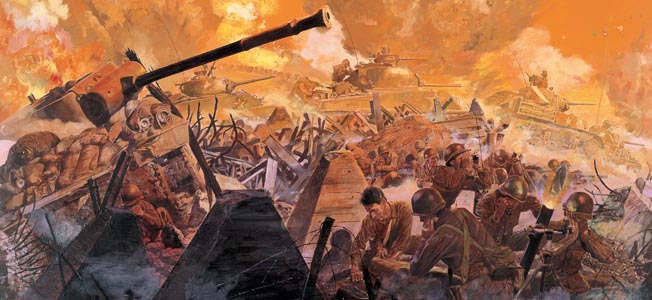
U.S. Third Army
Patton in Lorraine: Breaking the Moselle Line
By William E. WelshBy mid-September 1944, the U.S. Third Army was poised to strike at the soft underbelly of Adolf Hitler’s Third Reich along a fabled corridor in northeastern France used for centuries by armies tramping across Europe. Read more























